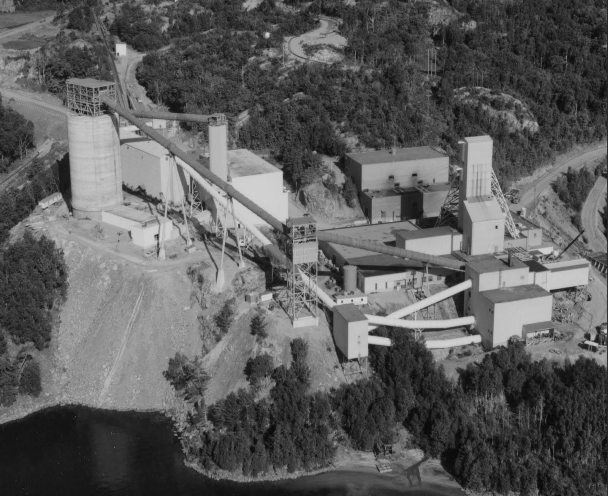This article was orginally published in Saturday Night (a Canadian general interest magazine that ceased publication in 2005) on April 29, 1961.
Uranium: Political Baby’s Growing Pains
Who is hiding what?
Canada’s uranium industry was fathered by the military necessity and mothered by politics. Deserted by its father in childhood, it now faces adolescence with only a mother – at least until mother can find a new husband among the world’s nuclear power stations, most of which are not yet built.
But until this happy union, estimated at perhaps a decade away, the future of this ailing child is tied by political apron strings. More than that, both the form and the fact of its very existence depend upon political decisions to be made soon in Ottawa: How to allocate among the various producing mines the recently publicized agreement to sell 24,000,000 pounds of uranium to Britain.
At current shipping rates, this represents 13 months additional production for the three Canadian mining areas of Elliot Lake, Bancroft and Beaverlodge. Upon wise allocation of this order depends not only the ability of some mines to stay in business, but also the ability of the industry as a whole to take quick advantage of developing civilian demand in the 1970s.
It was undoubtedly, in recognition of the critical importance of this order that the federal government decided that allocation would be a political decision and not a decision by its agent, the Eldorado Mining and Refining Co. In short, allocations of this order, and possibly some reshuffling of existing contacts, must be based upon the national interest, not on strictly economic factors.
Read more

























